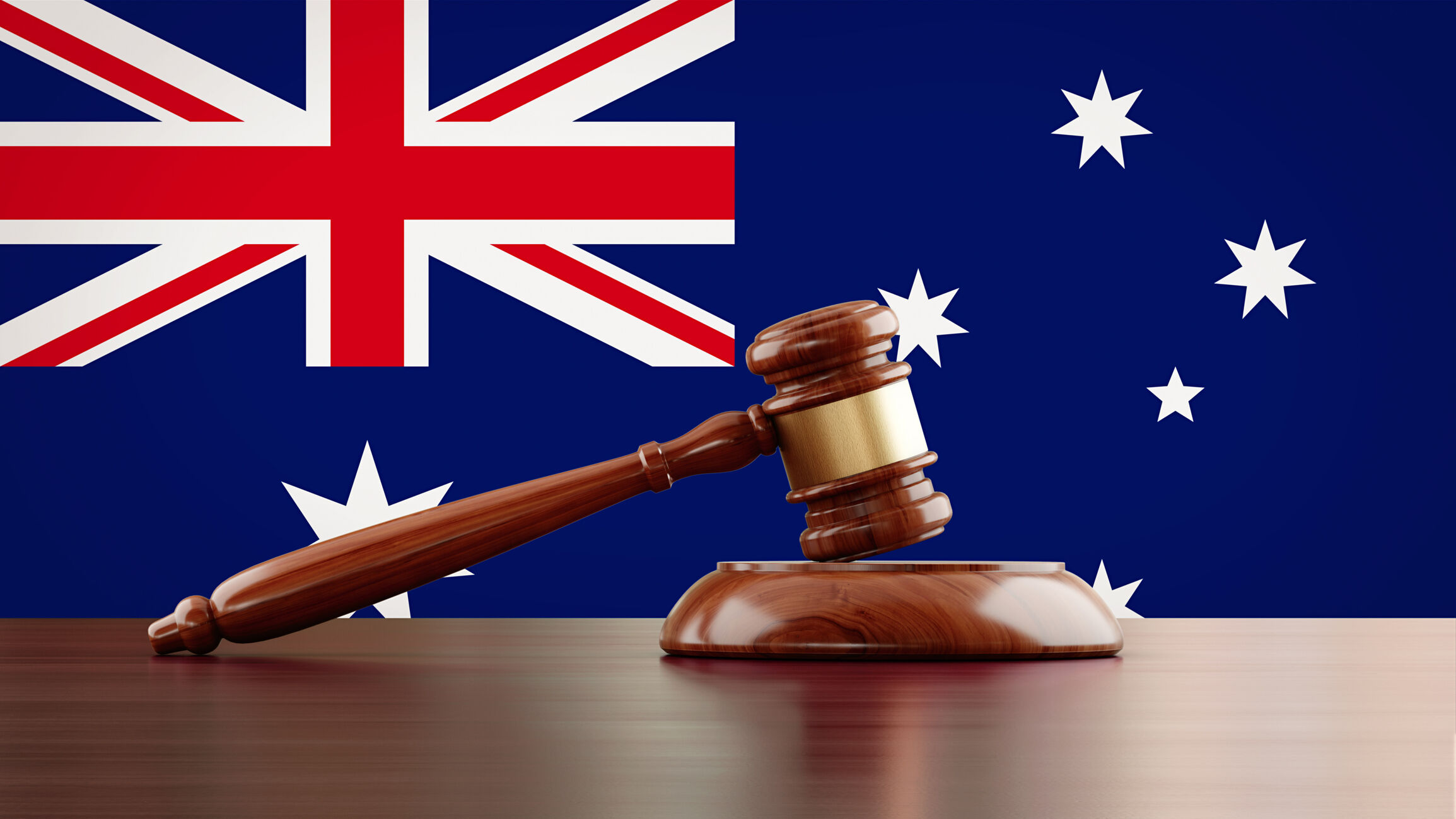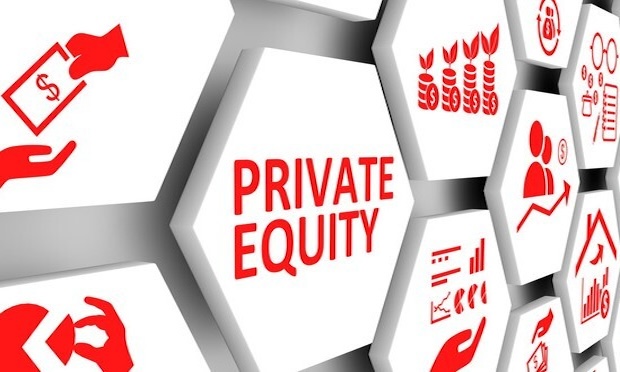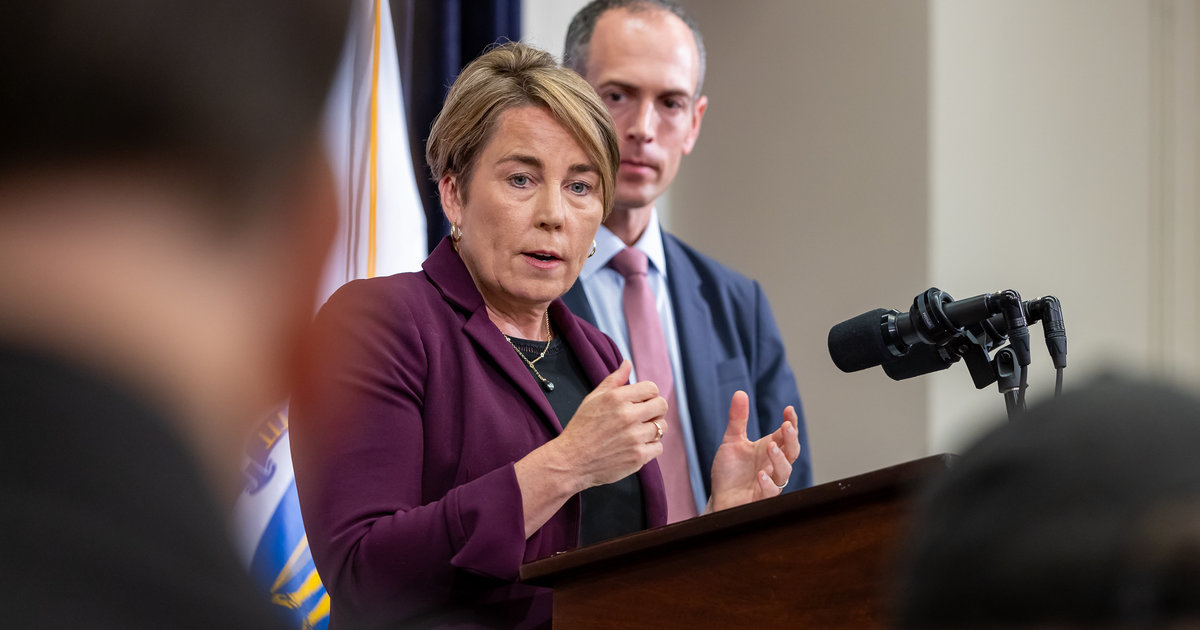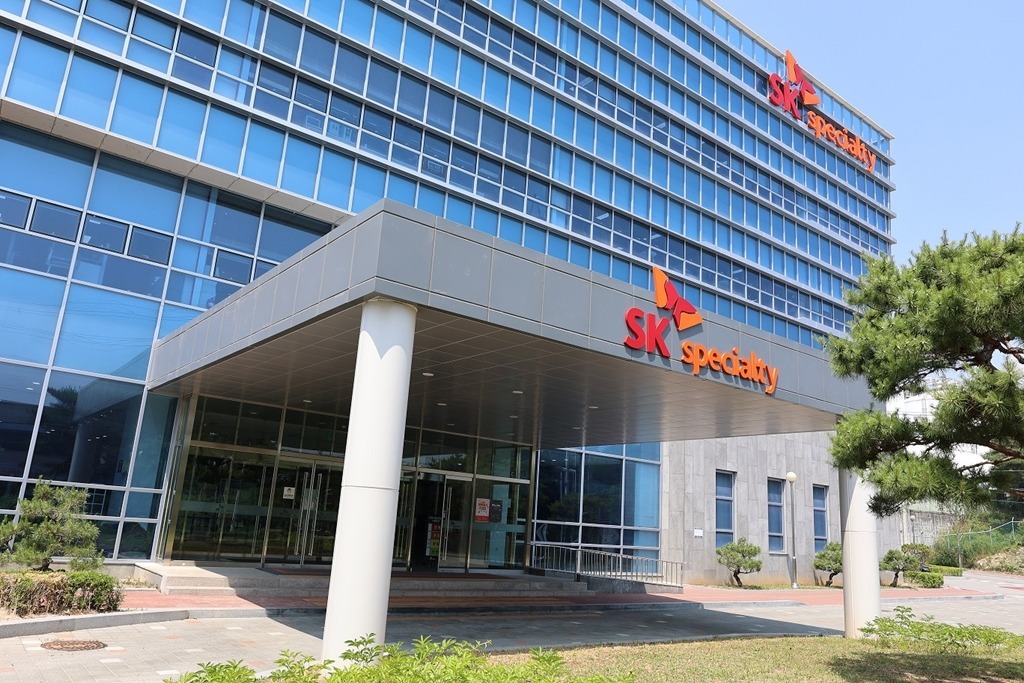The Australian Prudential Regulation Authority, the regulator that oversees Australia’s superannuation system, has highlighted “particular weaknesses” around how funds value unlisted assets, calling its findings “concerning”.
APRA made the assertion in the findings of its long-awaited review into the progress of superannuation fund trustees in implementing enhanced valuation governance and liquidity risk management requirements that were put in place in January 2023.
Under the review, APRA examined 23 trustees, representing around 80 percent of the total assets managed by APRA-regulated superannuation entities. APRA declined to identify the trustees or the funds that were covered, only saying that the trustees covered a range of different sizes and business models.
The review found that, while the capabilities of trustees have improved since APRA last reviewed unlisted assets in 2021, 12 of the 23 trustees covered displayed “material gaps in key areas”, related to either or both of valuation governance processes or liquidity risk management frameworks.
APRA deputy chair Margaret Cole said the review findings show that Australian superfunds need to up their game when it comes to unlisted asset valuation practices.
“These latest review findings are concerning and indicative of the fact that many trustees have more work to do to lift their valuation and liquidity risk management practices,” she said.
“APRA expects trustees to review these findings carefully and formulate appropriate remediation plans where needed. APRA will not hesitate to take further action where necessary to enforce the provisions of SPS 530 and related regulations, including the responsibilities of relevant accountable persons under the upcoming Financial Accountability Regime.”
On governance, APRA expects trustees to be compliant with SPS 530 principles, namely that funds: ensure conflicts of interest are adequately managed across the valuation process; implement periodic valuation programmes for both internally and externally managed assets; monitor both quantitative and qualitative triggers for revaluation; review and challenge valuations prior to board approval; and report fair values accurately in financial statements.
Only three of the 23 trustees were given a “Favourable” rating on valuation governance, meaning they had demonstrated better practice alignment with SPS 530.
A further 12 achieved an “Acceptable” rating, demonstrating broad alignment with a need to uplift some practices, while eight trustees representing 21 percent of the in-scope funds under management were rated “Requires Improvement”, meaning they had not demonstrated alignment with SPS 530 principles and a need to implement material improvements.
Managing conflicts
APRA said the most common issues related to how funds manage conflicts of interest arising from investment staff being involved in valuation processes and a lack of demonstrated challenge to valuations. Only 11 of the trustees in the review had a dedicated valuation committee, APRA said, finding that these groups generally had more effective frameworks for managing conflicts as a result.
It found that, in some cases, members of committees that oversaw valuations included people whose remuneration may have been dependent on certain valuations being achieved.
APRA also found that trustees who used external managers often placed a high level of reliance on those managers’ valuation policies and processes, and called for a greater level of challenge or assurance of valuation in these cases.
Only six of the trustees sourced an independent valuation for externally managed unlisted assets within the last 12 months, the review found. As a result, APRA reiterated that it expects valuation committees or their equivalent to meet and consider out-of-cycle valuations with clear criteria around what would trigger them to seek an independent external valuation.
“This should facilitate regular independent external valuations of directly held assets and ensure clear, robust criteria for the appointment of external investment managers,” APRA said.
On liquidity risk management, APRA rated seven funds as Favourable, eight as Acceptable, and a further eight as Requires Improvement.
As this relates to unlisted assets, APRA said it expects trustees to have clear frameworks in place for managing liquidity risks that take into account contagion risks and have a best-practice set of liquidity risk triggers consisting of both forward-looking and retrospective indicators – rather than relying on the single trigger of a fund’s overall exposure to illiquid assets.
Australian regulators, as in several other markets, are increasing their scrutiny of unlisted assets.
Alongside APRA’s review, the country’s main corporate regulator, the Australian Securities and Investments Commission earlier this year said it was placing private markets participants “on notice” as it expanded its strategic priorities to include scrutiny of private investments for the first time.




